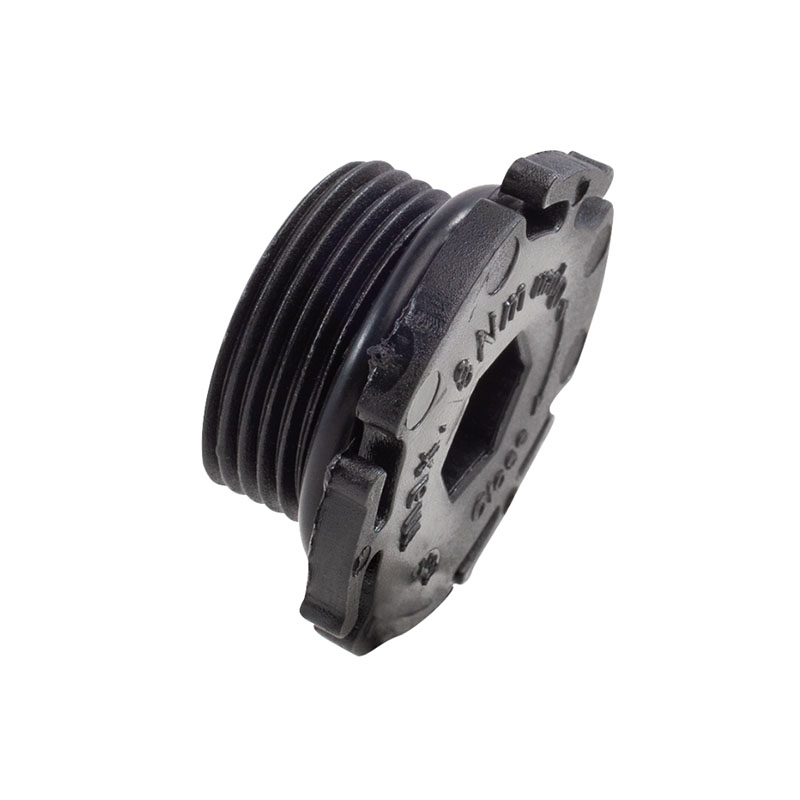Creating a reliable seal for retaining oil in machinery with retainer oil seals

retainer oil seal. Proper installation and maintenance of retainer oil seals are essential for ensuring their effectiveness and longevity. Seals that are damaged, worn, or incorrectly installed can lead to leakage and other issues that can compromise the performance of the equipment. Regular inspection and replacement of seals as needed are important steps in maintaining the proper functioning of machinery and equipment. In conclusion, retainer oil seals play a critical role in ensuring the proper operation of machinery and equipment that rely on rotating parts. These seals help to contain lubricants within the equipment, reducing friction, heat, and wear on moving parts. Proper installation and maintenance of retainer oil seals are essential for ensuring their effectiveness and preventing leakage. By understanding the importance of these seals and taking the necessary steps to maintain them, equipment operators can ensure the smooth and reliable operation of their machinery.
-
Understanding the Front Main Engine Seal: Purpose, Maintenance, and Installation
News Jul.29,2025
-
Understanding O-Rings and Seal Rings: Types, Applications, and Custom Solutions
News Jul.29,2025
-
Understanding Crankshaft Oil Seals: Rear Seals, Pulley Seals, and Their Role in Engine Integrity
News Jul.29,2025
-
The Importance of Front and Rear Crankshaft Seals in Engine Performance and Oil Management
News Jul.29,2025
-
Crank Oil Seals: Functions, Types, and Cost Considerations in Engine Maintenance
News Jul.29,2025
-
A Comprehensive Guide to O-Rings and Seals: Types, Materials, and Global Applications
News Jul.29,2025
-
Mastering Diesel and Performance Engine Maintenance: A Guide to Critical Oil Gaskets
News Jul.28,2025
Products categories















